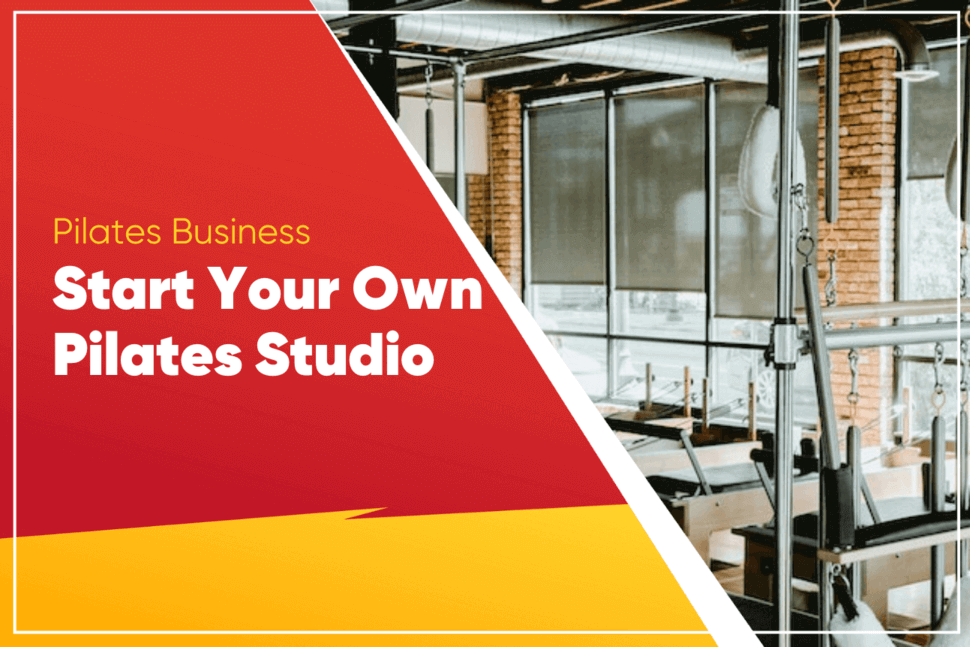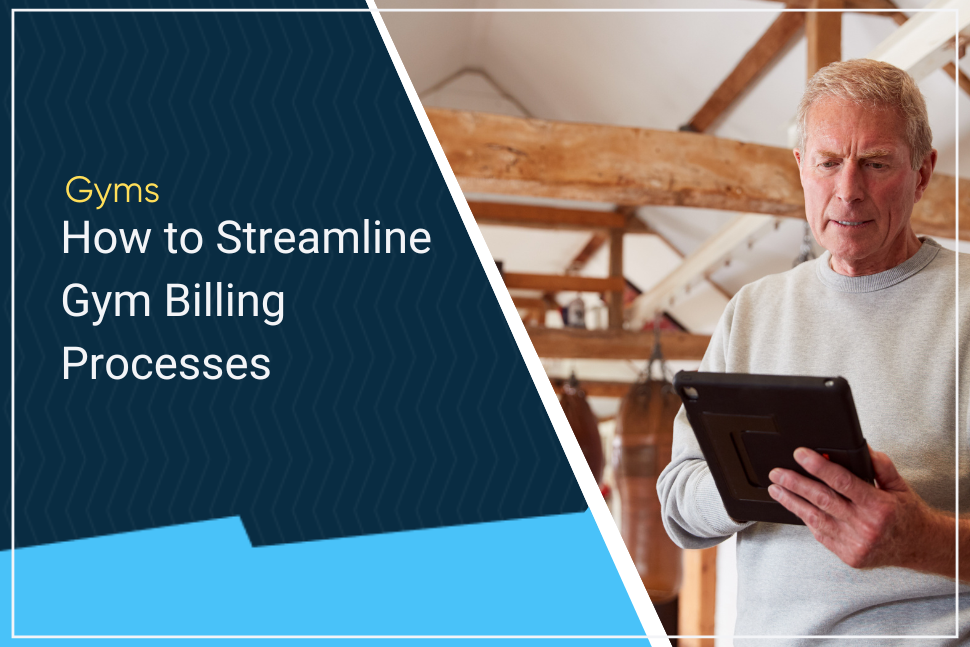Pilates is frequently compared to yoga as a fitness modality, but there are several differences between the two. Pilates often uses reformers, large pieces of equipment that aid in the classes. Where yoga is a mind, body, and soul experience, Pilates focuses on building core strength to stabilize the entire body.
How do you start a pilates studio? Opening a Pilates studio is similar to opening a yoga studio if you don’t plan on offering reformer classes. Just like any fitness business, you’ll need to find a suitable location that serves your target market. Pilates classes can be more expensive than other fitness classes, so finding an area with disposable income is helpful. After purchasing equipment and hiring experienced instructors, you are ready to open your own Pilates studio.
What is Pilates?
The Pilates Method was created by Joseph Pilates in the 1920s. Since Pilates focuses on core strength and building long, lean muscle, it quickly became popular with dancers and actresses. By the 2000s, Pilates was a household name and studios were opening up in major cities.
There are two main kinds of Pilates classes: reformer or mat. In reformer classes, a large piece of equipment that features a sliding platform is used. A foot bar, handles, and straps can be used in combination to complete a variety of movements. Mat classes include mostly body-weight exercises, but some include small pieces of Pilates equipment.
How to Open a Pilates Studio
Create a Business Plan
A business plan is a critical document when opening any business. It outlines the goals of the business and the plans to open and grow. Business plans are used to keep everyone on the same page while opening a business. They are also helpful to present to lenders or potential partners.
Business plans can have a few different formats, but they generally include similar information. You’ll want to include your budget, operating and start-up costs, brand identity, marketing plans, and the breakeven analysis.
Brand Identity
Include your business’s mission and vision statements early in your business plan. Think of these as the soul of your company, where the logo and graphics are the face. Your brand identity should set you apart from the competition. Potential customers should be able to quickly understand the goal of the business and why they should come to your Pilates studio.
If you already have a studio name, logo, and other graphics, include these as well. A designer can help you come up with a cohesive color scheme, fonts, and designs for all your marketing materials.
Costs and Budget
You’ll first need to determine your start-up costs. These are one-time fees necessary to open the Pilates studio. Some start-up costs include a down payment or security deposit for a studio location, purchasing equipment, government and tax registrations or permits, website creation, and more.
Operating costs will include the ongoing expenses to keep the business open. The monthly operating costs are typically much lower than the initial start-up costs. Understanding your ongoing expenses will help to determine your prices. Some common operating costs include rent or mortgage payments, payroll, maintenance fees, studio management software, and taxes.
All of these costs will be included in your overall budget section. Your budget should outline the expected (and then actual) costs to open and then ongoing operation. Based on your expenses and the expected number of clients, you can determine the necessary price point for your Pilates classes.
Break-Even Analysis
This is one of the most important things to consider when planning to open your Pilates studio. A break-even analysis will look at your start-up expenses, current capital, ongoing expenses, and expected growth rate to see when the business will begin to be profitable. It is always best to make conservative estimates when doing your breakeven analysis so you are not caught in a difficult financial position if breakeven takes longer than expected.
Sales and Marketing Plans
Getting your Pilates studio open is a huge accomplishment, but it means nothing if you aren’t able to get clients in the door. Your sales and marketing plans will outline how you plan to get the word out about your new business, any promotional offers, and ongoing marketing tools.
One helpful practice is to imagine your ideal customer. All of your clients won’t fit this description, but it can help your business identify who to market to and how to do it. For example, the most common Pilates customers are young and middle-aged women. You may appeal to stay-at-home moms by including child care in your business. Or, you can appeal to working women with early morning and evening classes.
Many fitness businesses choose to offer promotional pricing before opening or during the first few weeks of operation. These offers can help get people in the doors to show off your Pilates studio. However, you should not rely on discounts and deals for the long-term success of your Pilates studio. Know the value of your classes, what the local cost of living is, and the demand for Pilates classes in the area to set your optimal prices.
Set Up Your Business
To ensure that your business is properly set up, it can be helpful to work with a business lawyer and an accountant. The lawyer will help you file all the necessary paperwork to form a legal business entity. An accountant can help you structure your business in the way that is most cost-effective and advantageous for taxation.
Additionally, you’ll most likely need to register your business with the local governing body. Some areas require additional permits or registrations for fitness businesses. Check with your local offices to ensure that you complete all necessary paperwork and fees before opening.
Find a Location
The location of your Pilates studio can make or break your business. When it comes to fitness businesses, owners oftentimes must balance finding a central location with finding an affordable location. The most accessible spots are typically more expensive.
Choose a town or neighborhood that has a higher median income. These areas are more likely to have people with disposable income, something necessary to be able to afford a fitness membership.
Also, look for a space that is large enough for the size of the classes you plan to offer. If you are going to be using Pilates reformers, you may need even more space to fit all the equipment. Consider how close to the road the location is, how much parking is available, and how visible the signage is.
Hire a Team
Fitness businesses are service businesses, so your team should be professional Pilates instructors. Several different companies are offering Pilates instructor certifications. Depending on the style of pilates and the types of classes (mat versus reformer) your studio offers, you may look for instructors with specific certifications.
Since there is not a single governing body over the sport of Pilates, it can be helpful to do working interviews with potential instructors. Have them take a couple of classes and teach a couple of classes. This can show you how proficient they are as a Pilates practitioner and as a class instructor.
Determine Your Prices
Pricing your classes can be one of the most difficult parts of opening a Pilates studio. Set your prices too high and you will turn away a lot of potential clients. Set your prices too low and your studio won’t make enough money to stay open.
Some factors to consider when setting your prices include:
- Local cost of living
- Prices for nearby Pilates studios
- Number of classes per monthly membership
- Operating expenses
- Ideal number of members
Pilates classes are offered at a wide range of prices around the country. At the highest end, private lessons in big cities typically cost over $100 per session. Monthly memberships can be under $100 for less expensive locations that only provide mat classes. Memberships for reformer classes can be $200 or more per month.
Start Marketing
Getting the word out about your new Pilates studio should be done early and extensively. As soon as you have digital or print marketing materials available, you should be distributing them as far as possible.
In today’s world, the internet (and social media in particular) is the go-to place for information. Potential clients will want to see a functional and beautiful website that gives them all the information they need to know. Additionally, active social media pages can be used to share about the studio and show off the personality of the business.
Depending on your location, mailers and flyers can still help drum up business. Small towns with thriving local businesses give a lot of weight to word-of-mouth recommendations. So, meet with other local business owners and tell them about your new Pilates studio. They may have a spot for you to hang up a flier or leave business cards.
Frequently Asked Questions
Is owning a Pilates studio profitable?
Studiogrowth.com reports that Pilates studio owners take home an average of $70,000 per year. Additionally, studio profit margins generally range from 5% to 30%. The profitability of a Pilates studio is going to depend on operating costs, local demand, and a well-managed budget.
How much does it cost to open a reformer Pilates studio?
Pilates reformers cost from $3,000-$8,000 each. Most studios have 10-20 reformers totaling up to $120,000 in equipment alone. Smaller pilates studios or studios that only offer mat classes may be able to open for as little as $50,000. Larger studios located in more expensive cities could spend hundreds of thousands of dollars to open.
Why are Pilates reformers so expensive?
Reformers are special pieces of equipment that make Pilates unique amongst other fitness practices. Low-end reformers cost a couple of thousand dollars. However, studios opt for better quality reformers so they won’t have to deal with equipment failures and expensive maintenance.
Can you make a living teaching pilates?
Pilates instructors can make a good amount of money. Pilates classes are usually one of the more expensive kinds of fitness classes. Instructors make an average of $73,630 per year (ziprecruiter.com). The average Pilates instructor earns over $30 per hour or per class.
Final Thoughts
Starting your own fitness business can be a daunting undertaking, but opening your own Pilates studio is not as hard as one might think. Once you find your location, the biggest expense is going to be purchasing enough reformers for your studio. However, with a great marketing plan and well-set prices, you’ll be welcoming plenty of members into your studio. Some studios are even able to break even within 6 to 12 months.
 Gym Owner Statistics: The State of Gyms, Member Trends, and Usage Data
Gym Owner Statistics: The State of Gyms, Member Trends, and Usage Data



